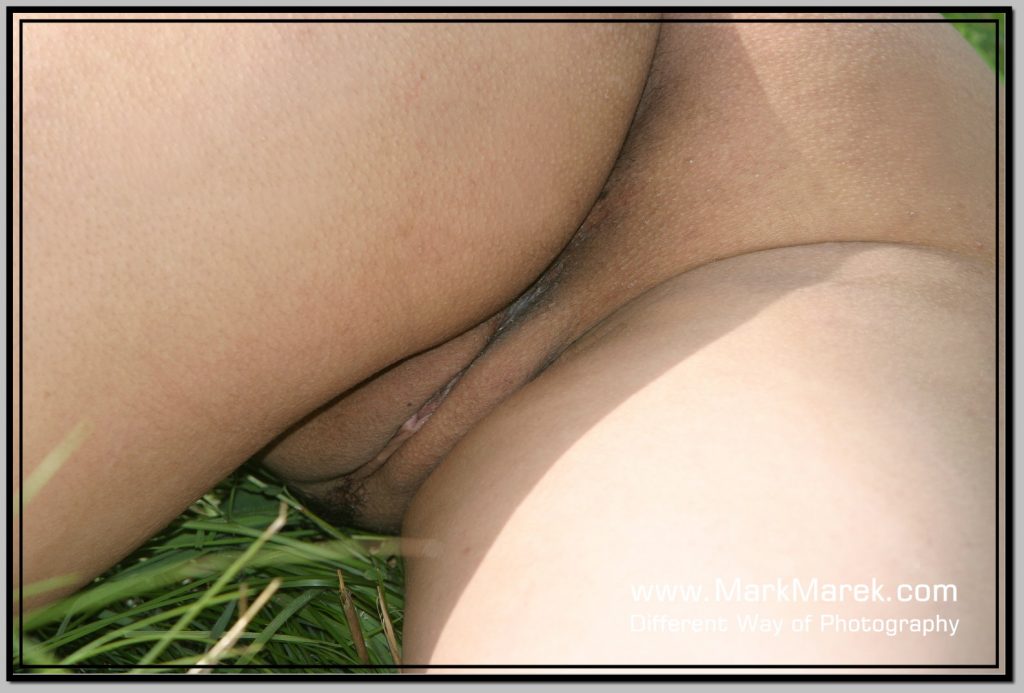The #MeToo movement has had a significant impact on many industries, including the world of nude photography. The movement, which began in 2017 as a way for survivors of sexual assault and harassment to share their stories, has brought issues of consent, power dynamics, and exploitation to the forefront of public consciousness. In this article, we will explore the impact of the #MeToo movement on nude photography and discuss the ways in which photographers can navigate this changing landscape.

The Importance of Consent
One of the most significant changes brought about by the #MeToo movement is an increased emphasis on the importance of consent in all areas of life. This includes the world of nude photography, where photographers must obtain explicit consent from their subjects before photographing them in the nude or in any sexually suggestive poses. Failure to obtain consent can result in serious legal and ethical consequences for the photographer.
- The meaning of consent in the context of nude photography
- The legal and ethical consequences of failing to obtain consent
- How photographers can obtain explicit consent from their subjects

Power Dynamics in Nude Photography
Another important issue raised by the #MeToo movement is the unequal power dynamics that can exist between photographers and their subjects. In many cases, photographers may use their position of power to coerce their subjects into posing for nude photographs or engaging in sexually suggestive behavior. This behavior is not only unethical, but it is also illegal in many jurisdictions.
- The role of power dynamics in nude photography
- Ways in which photographers can avoid exploiting their subjects
- The legal and ethical consequences of exploiting subjects in nude photography
Navigating the Line Between Art and Exploitation
One of the challenges of nude photography is navigating the line between art and exploitation. While nude photography can be a beautiful and powerful art form, it can also be used to objectify and exploit women and other marginalized groups. As a result, photographers must be aware of the potential impact of their work and take steps to ensure that they are not contributing to a culture of objectification and exploitation.
- The potential impact of nude photography on marginalized groups
- How photographers can create meaningful and respectful images
- The importance of context in understanding the impact of nude photography

Conclusion
The #MeToo movement has brought about significant changes in the world of nude photography, forcing photographers to confront issues of consent, power dynamics, and exploitation. By obtaining explicit consent, avoiding exploiting subjects, and creating meaningful and respectful images, photographers can navigate this changing landscape and contribute to a culture of respect and empowerment.





